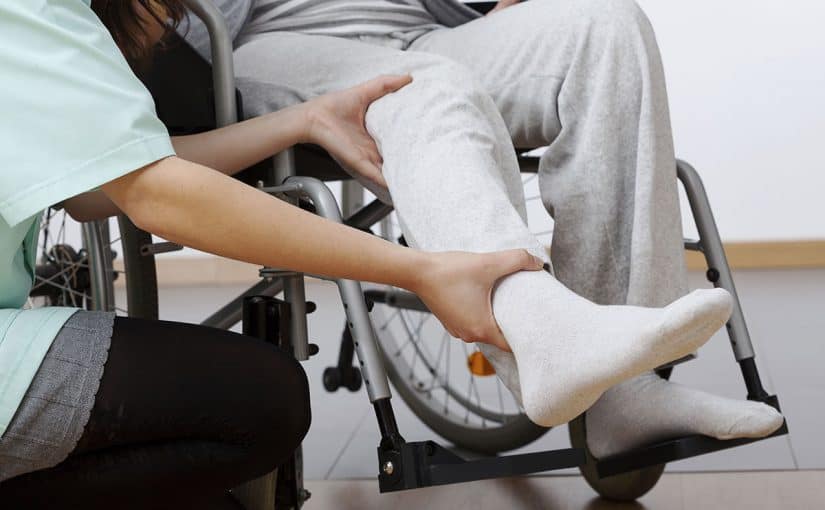Followed by: Nazik Issa
A team of scientists has identified neurons that can be stimulated to help paralyzed people walk again, even after they turn off the electrical stimulation.
The details of the study, published in the scientific journal Nature, show that a small device implanted near the spinal cord that uses electrical impulses to electrically stimulate the epidural, the space outside the spine, has an important role in helping patients recover a some movement.
Promising progress has been made in stimulating the neurons that control leg movement. Over the past decade, many improvements to technology have shown steadily improved results, helping previously paralyzed patients move their legs, stand, and even walk with assistive devices like crutches and tires.
In a new clinical study at a research center called NeuroRestore, nine patients regained the ability to walk, and their motor function continued to improve even after rehabilitation was completed. Crucially, they were able to walk even after the electrical stimulation device was turned off, a stage that previous experiments and studies had failed to achieve.
The team created a 3D ‘map’ of the spinal cord, down to individual neurons, and monitored which neurons were fired by electrical stimulation. Then they narrowed their supervision to a specific family of neurons that express a gene called Vsx2. Interestingly, these neurons, which are not normally required for walking from a health perspective, appear to be required for the reorganization of nerve fibers to repair motor function after injury.
To test this new idea, the researchers used a new version of the epidural implant to stimulate the spinal cord and specifically destroy Vsx2 neurons. When the experiment was conducted on mice, the mice with spinal injuries stopped walking immediately, but the healthy mice could still walk normally.


